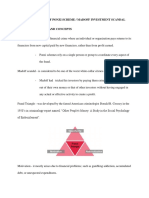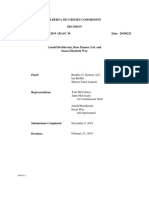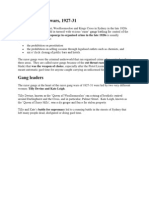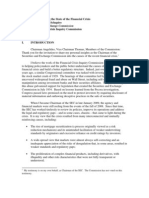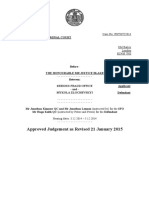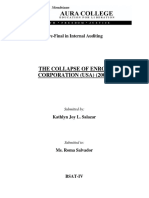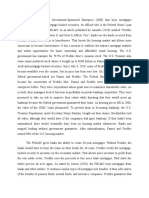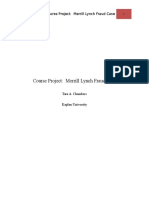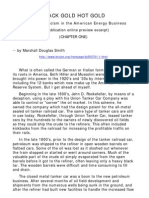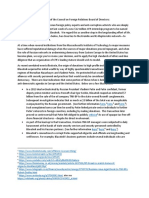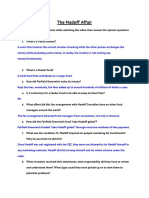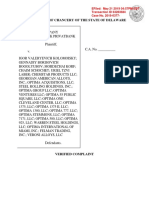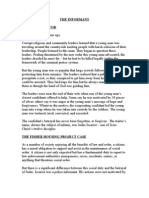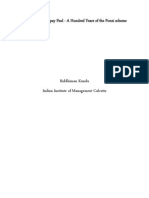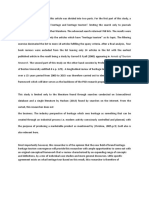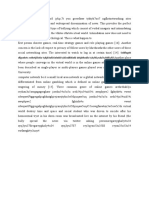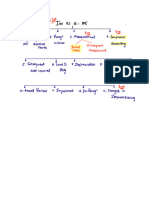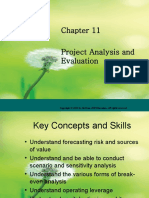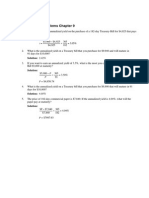0% found this document useful (0 votes)
180 views2 pagesSAMPLE Assignment Madoff Ponzi Scheme 2010
Bernard Madoff ran the largest Ponzi scheme in history, defrauding investors of $170 billion over 17 years. A Ponzi scheme uses money from new investors to pay off earlier investors in order to perpetuate the fraud. Madoff primarily marketed a single investment strategy to wealthy Jewish communities where he was respected, claiming average returns of 10.5% even during market downturns. When redemptions outpaced new investments due to the 2008 financial crisis, Madoff turned himself in to the FBI and confessed to his massive fraud. He was subsequently arrested, tried, and sentenced to jail.
Uploaded by
scholarsassistCopyright
© © All Rights Reserved
We take content rights seriously. If you suspect this is your content, claim it here.
Available Formats
Download as DOC, PDF, TXT or read online on Scribd
0% found this document useful (0 votes)
180 views2 pagesSAMPLE Assignment Madoff Ponzi Scheme 2010
Bernard Madoff ran the largest Ponzi scheme in history, defrauding investors of $170 billion over 17 years. A Ponzi scheme uses money from new investors to pay off earlier investors in order to perpetuate the fraud. Madoff primarily marketed a single investment strategy to wealthy Jewish communities where he was respected, claiming average returns of 10.5% even during market downturns. When redemptions outpaced new investments due to the 2008 financial crisis, Madoff turned himself in to the FBI and confessed to his massive fraud. He was subsequently arrested, tried, and sentenced to jail.
Uploaded by
scholarsassistCopyright
© © All Rights Reserved
We take content rights seriously. If you suspect this is your content, claim it here.
Available Formats
Download as DOC, PDF, TXT or read online on Scribd
/ 2


